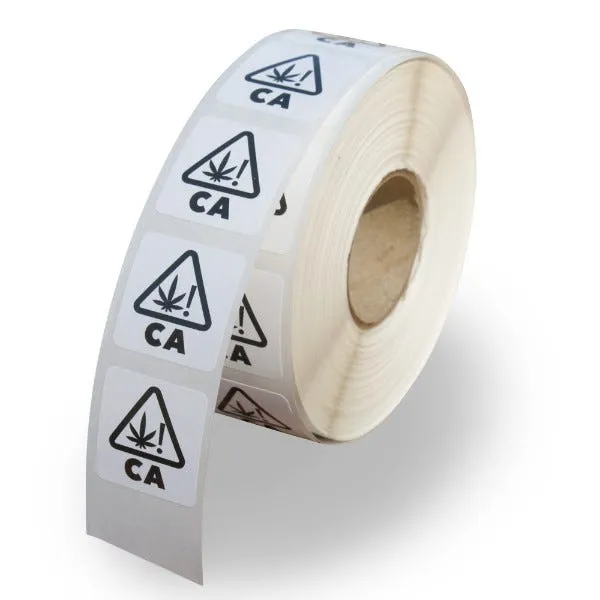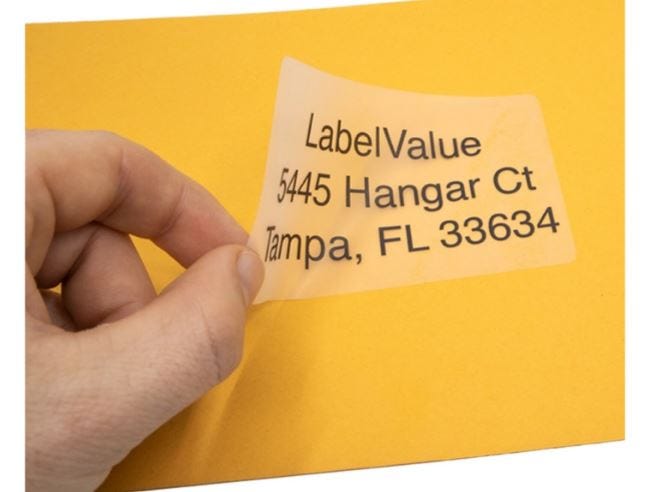The Science of Adhesive Labels: Understanding How Stickers Stick
- By LabelValue Team
- Jul 10, 2023
Sticker adhesion is a fascinating subject that has been studied for many years, with the goal of understanding how and why stickers stick to various surfaces.
To understand adhesive labels, it is important to consider the interaction between the sticker and the surface to which it is applied. The adhesion of a sticker depends on a number of factors, including the surface energy, roughness, and cleanliness of the surface, as well as the material and adhesive of the sticker, and the environmental factors to which it is exposed.
Adhesive labels is a complex product that has been studied for many years. Whether you are creating custom stickers for your business or just looking to make cheap custom stickers you will want good quality adhesive.
In this blog article, we will review 'the science of sticker adhesion' and explore the different factors that influence the adhesion of stickers.

-
Surface energy: The surface energy of a material refers to its ability to attract and hold onto other materials. The higher the surface energy of a material, the more likely it is to bond with other materials, including adhesive labels. Surfaces with low surface energy, such as polyethylene or polypropylene, are more difficult to bond with, compared to glass or metal which are more easily bonded.
-
Surface roughness: The roughness of a surface also plays a role in adhesive labels. Rougher surfaces tend to have more points of contact with the sticker, providing greater adhesion. Smooth surfaces, on the other hand, have fewer points of contact, leading to weaker adhesion.
-
Surface cleanliness: A clean surface is essential for good adhesion, as any dirt, oil, or other contaminants on the surface can act as a barrier to adhesion. Before applying a sticker, it is important to clean the surface thoroughly to ensure good adhesion.

-
Sticker material: The material of the sticker is also an important factor in adhesive labels. Adhesive labels are typically made from a variety of materials, including vinyl, polypropylene, and paper, each with its own unique adhesion characteristics. The type of adhesive used on the sticker can also impact its adhesion, with different types of adhesives providing different strengths.
-
Environmental: Environmental factors, such as temperature, humidity, and exposure to light, can also impact the adhesion of stickers. For example, high temperatures can cause the adhesive on a sticker to soften, reducing its ability to bond with the surface, while high humidity can cause the adhesive to become more tacky, increasing its adhesion.
-
Time and pressure: The amount of time and pressure applied to a sticker during application can also impact its adhesion. Generally, the longer a sticker is in contact with a surface and the greater the pressure applied, the stronger the adhesion will be.
-
The Age of the Sticker: The age of a sticker can also impact its adhesion, as the label adhesive can deteriorate over time. This can lead to weaker adhesion and the eventual failure of the adhesive label. Expired adhesive will not stick.



